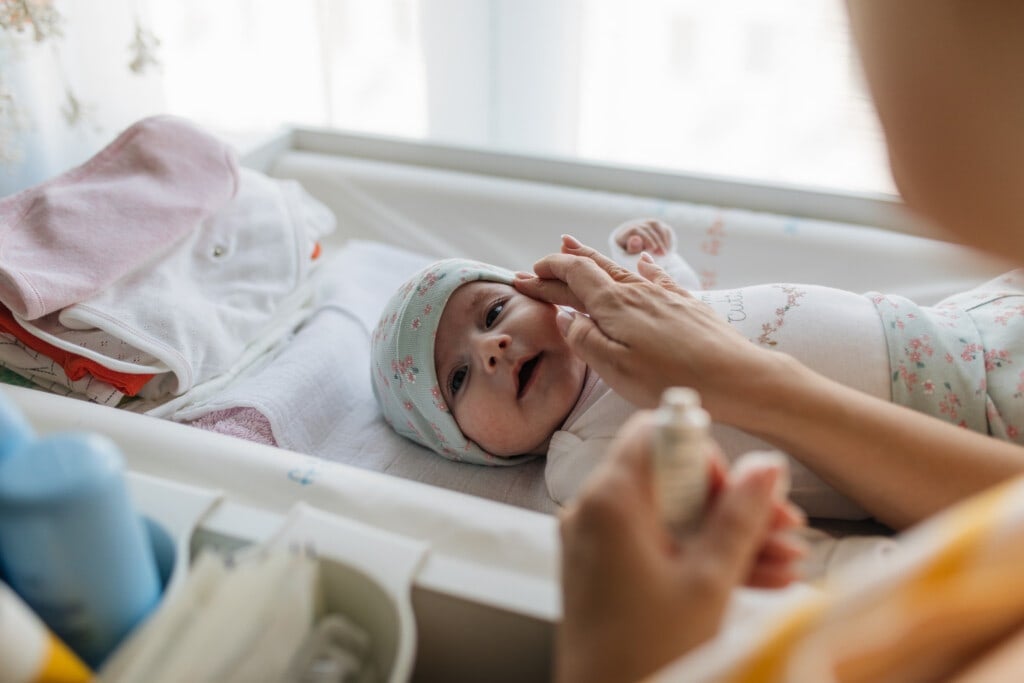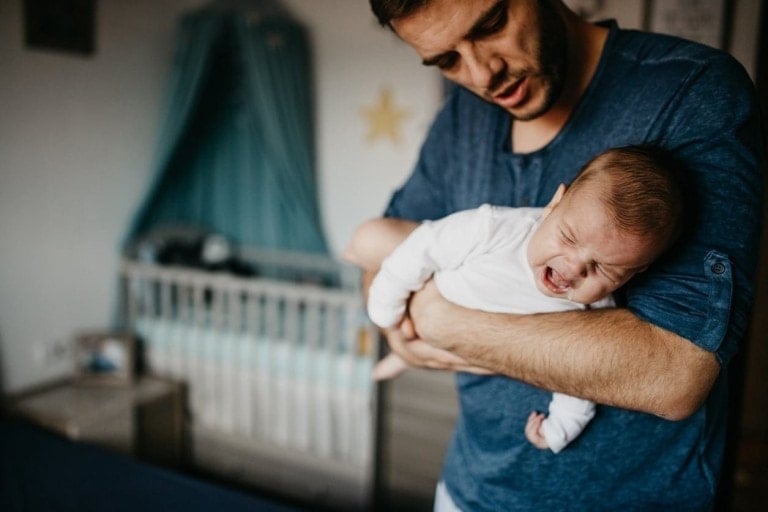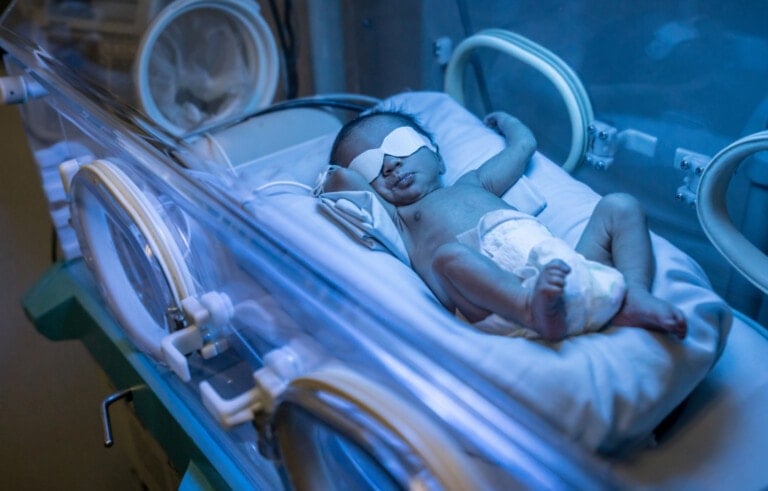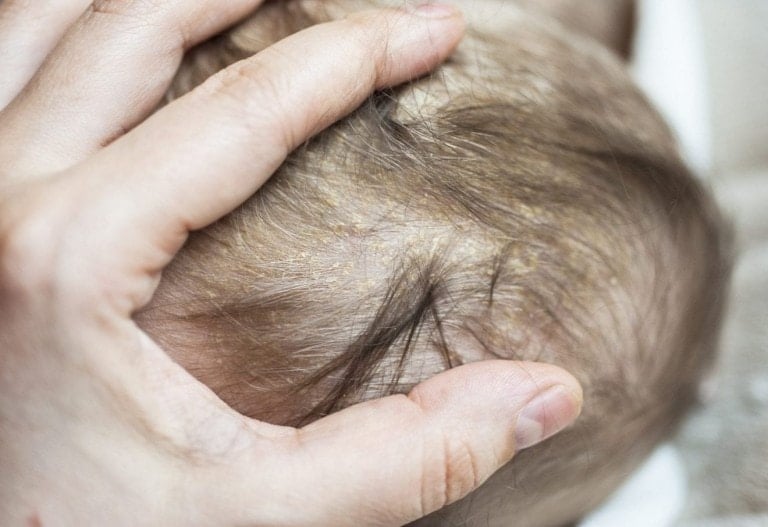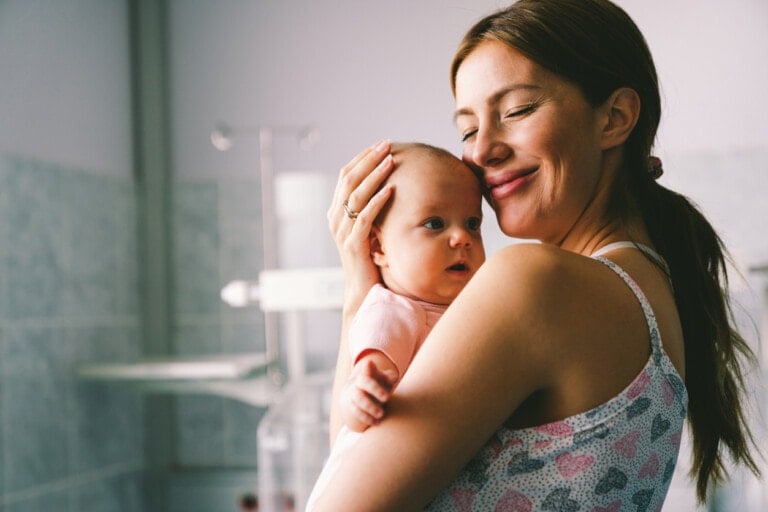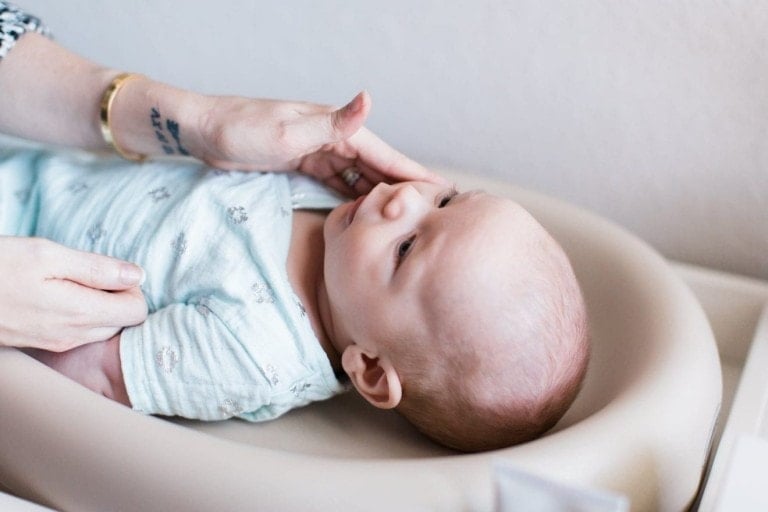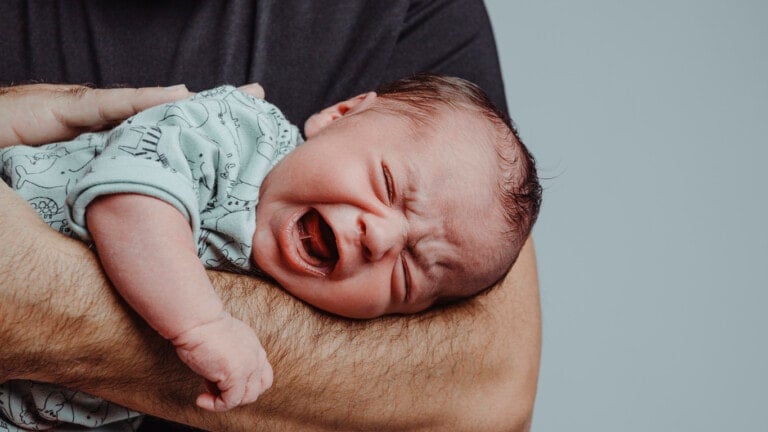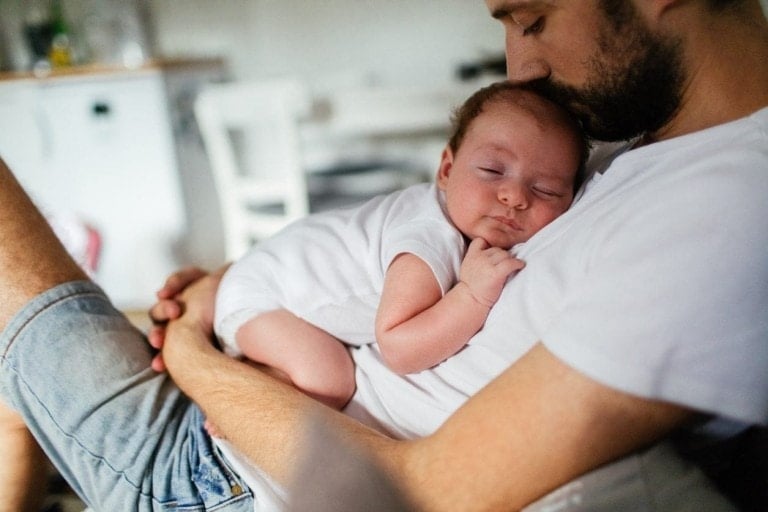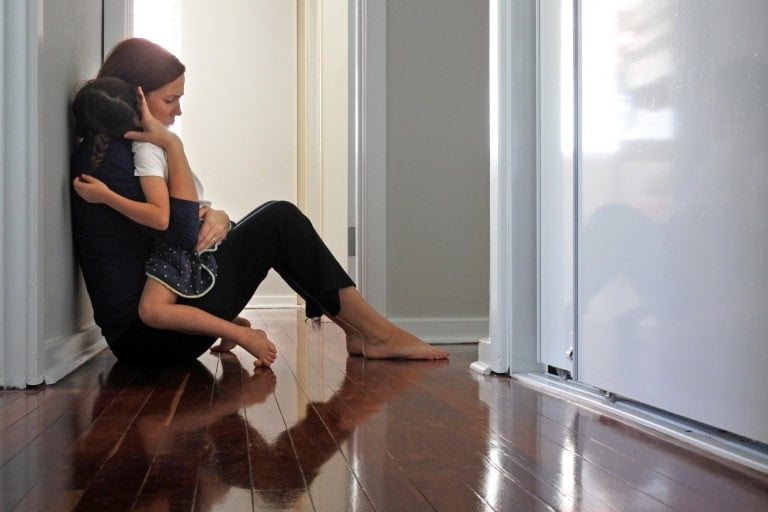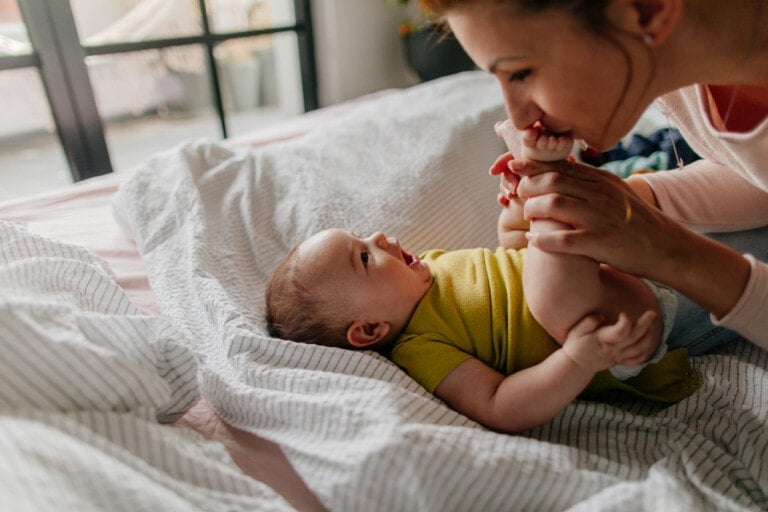There’s no denying that winter is magical, especially when you have a little one joining in on the fun. Winter is filled with precious moments, from kids building their first snowman to watching the season’s first snowfall. But despite its absolute beauty, winter is also a time of the year marked by runny noses, chapped lips, rosy red cheeks, and dry skin. The colder months can be a nightmare for your baby’s precious new skin. If not addressed properly, these conditions can lead to more serious issues. Fortunately, a handful of preventative measures (and products) can help protect your infant’s delicate skin from the harsh winter weather.
8 Ways To Keep Baby’s Skin Protected During Winter
You’ll need to protect your baby’s skin during the cold winter months to prevent any issues. Here are eight ways to do this:
1. Use a Humidifier
If the air in your home feels a bit dry, it’s time to dig out the humidifier stowed in the nursery closet. Adding moisture to the air can lower the chances of your baby developing dry skin and combat a runny nose.1,4 When your little one breathes in the moist air, their stuffiness begins to thin, allowing them to breathe more easily.4
The American Academy of Pediatrics (AAP) recommends using cool mist vaporizers over warm mist humidifiers that can pose a burn risk if they accidentally fall over or are touched.4 To prevent injuries, place the humidifier several feet away from your infant and crib, such as on a dresser or table.
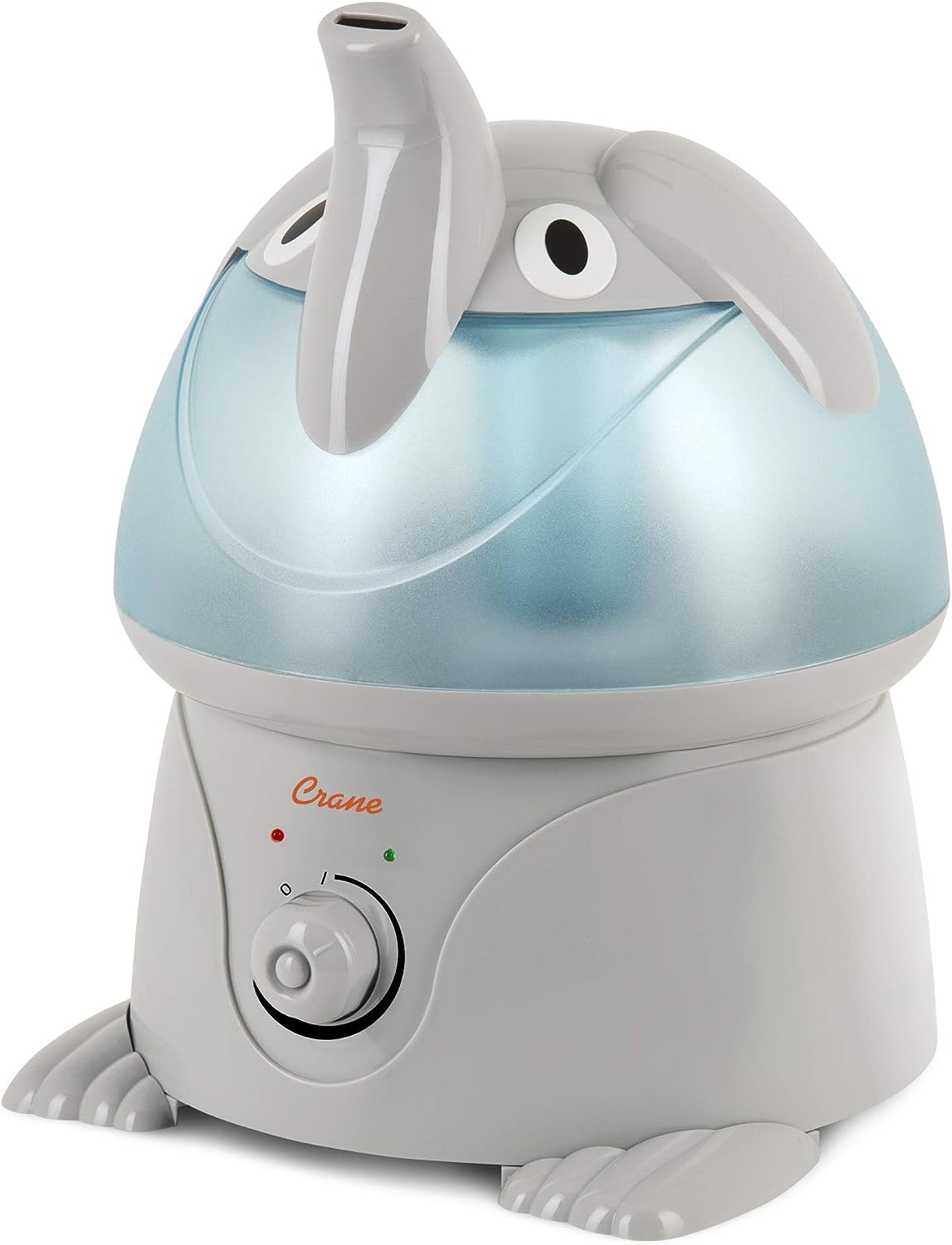
2. Opt for Warm Water, Not Hot
It seems like a no-brainer to warm your baby with a soothing bath before bed during cold months. While heat is comforting, use lukewarm water over hot to avoid drying out your little one’s precious silky skin. Also, keep bathtime short (no more than five or 10 minutes) to reduce moisture loss and protect your baby’s skin.5 Or opt out of bathing every day, as babies don’t need a bath daily.6
3. Moisturize, Moisturize, Moisturize
Just as adults lather with extra lotion in colder seasons, infants can benefit from doing the same. Add lotions and oils loaded with cocoa butter, shea butter, or jojoba oil to your baby’s winter arsenal. This helps prevent flakiness, irritation, and cracking.7,8 Pro tip: It’s best to moisturize your infant within minutes of removing them from the tub. Pat them dry (don’t rub!). Immediately apply lotion all over their body to lock in moisture and keep their skin supple.9
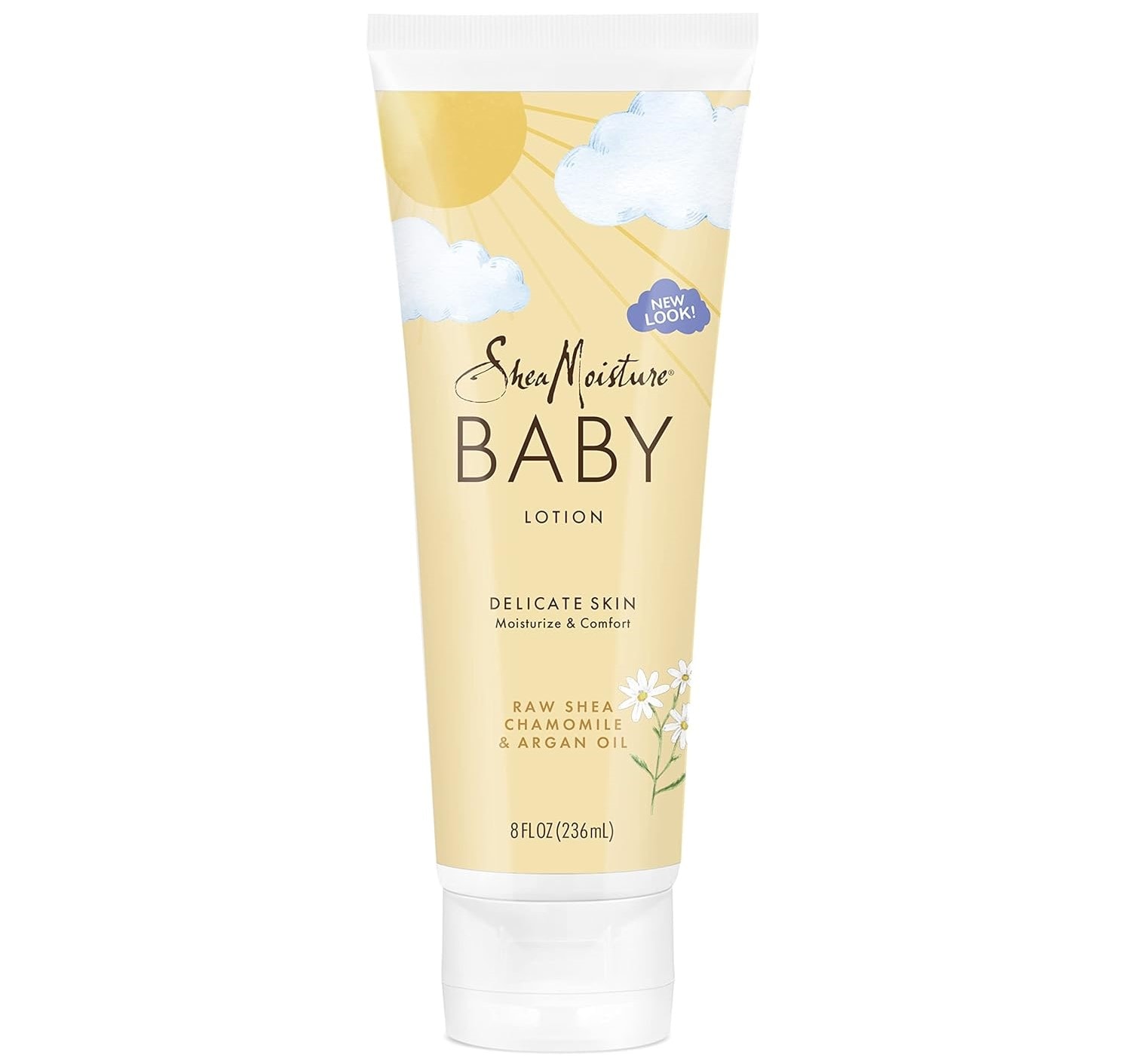
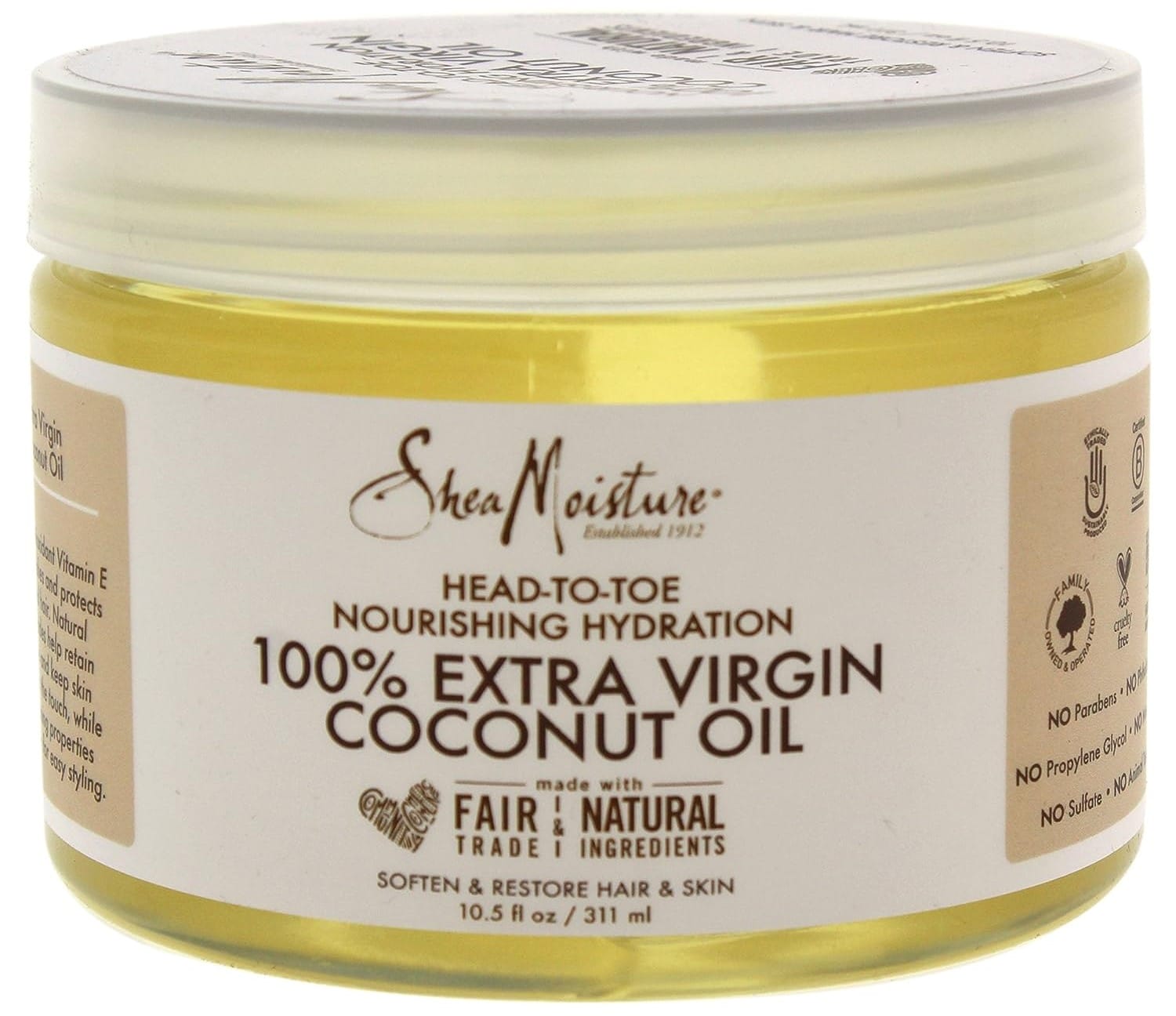
4. Use Scent-Free Products
Not only is fragrance loaded with toxins, but it can also contribute to dry skin and cause irritation.10 Replace scented shampoos, soaps, lotions, and even detergents with fragrance-free counterparts. Fragrance is also one of the leading causes of allergic contact dermatitis — a skin rash caused by fragrances in children.2 If you want to continue using scented products while protecting your baby’s skin, look for the incorporation of essential oils like lavender.3

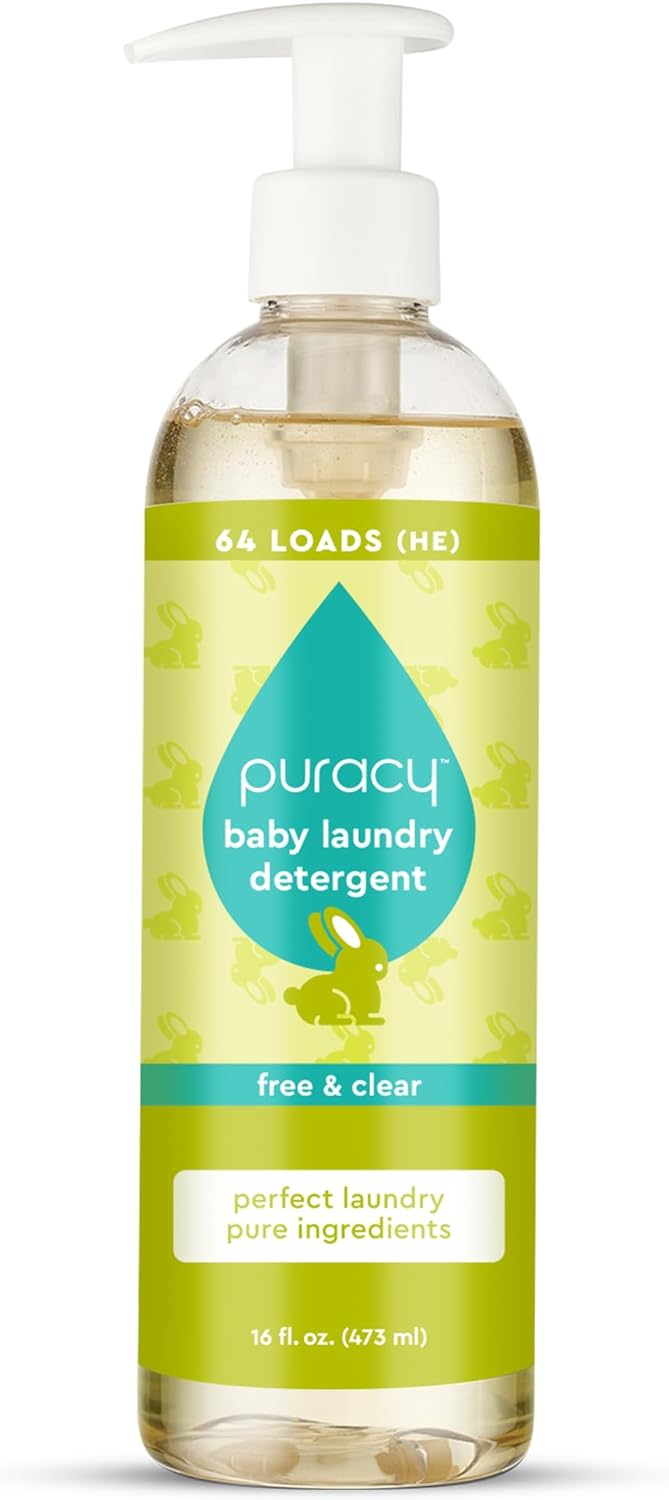
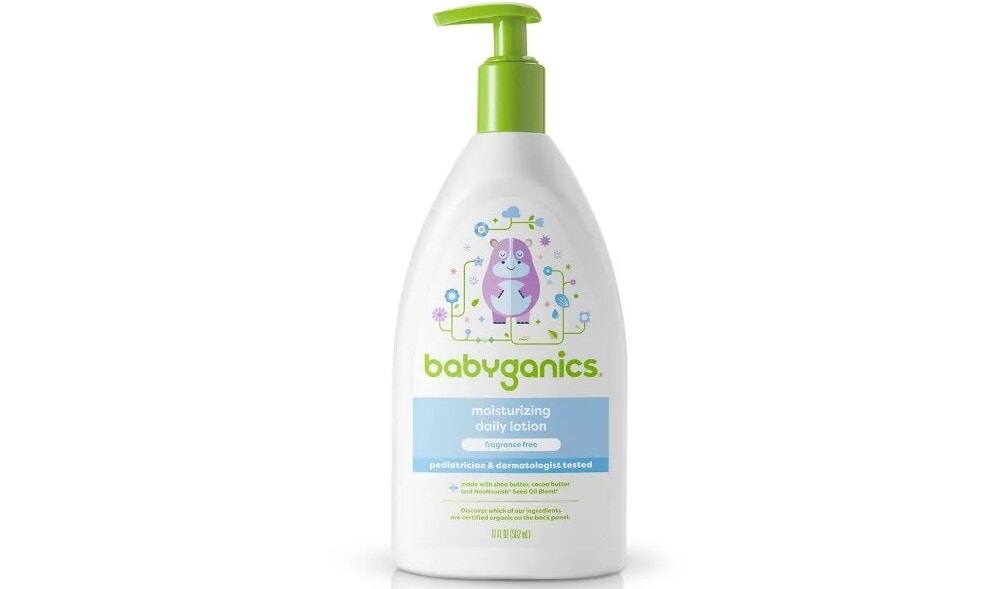
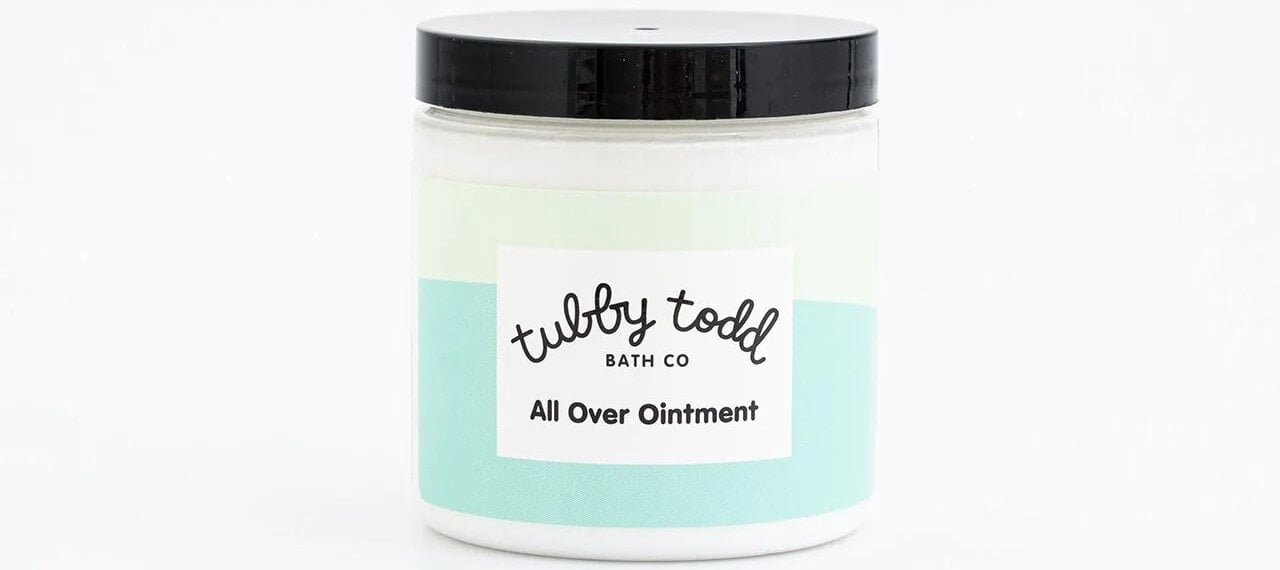
5. Say Yes to Sunscreen
Contrary to popular belief, sunscreen isn’t just for summertime. UV rays are harmful year-round and can harm babies’ delicate skin, even in winter. If it’s snowing, the sun’s rays can reflect off the ground and cause sunburn.11
For infants six months and older, turn to a non-chemical sunscreen high in SPF that contains the active ingredients of either non-micronized zinc oxide or titanium dioxide.12 Products free of para-aminobenzoic acid (PABA) are also a great option, as some babies are sensitive to it.13
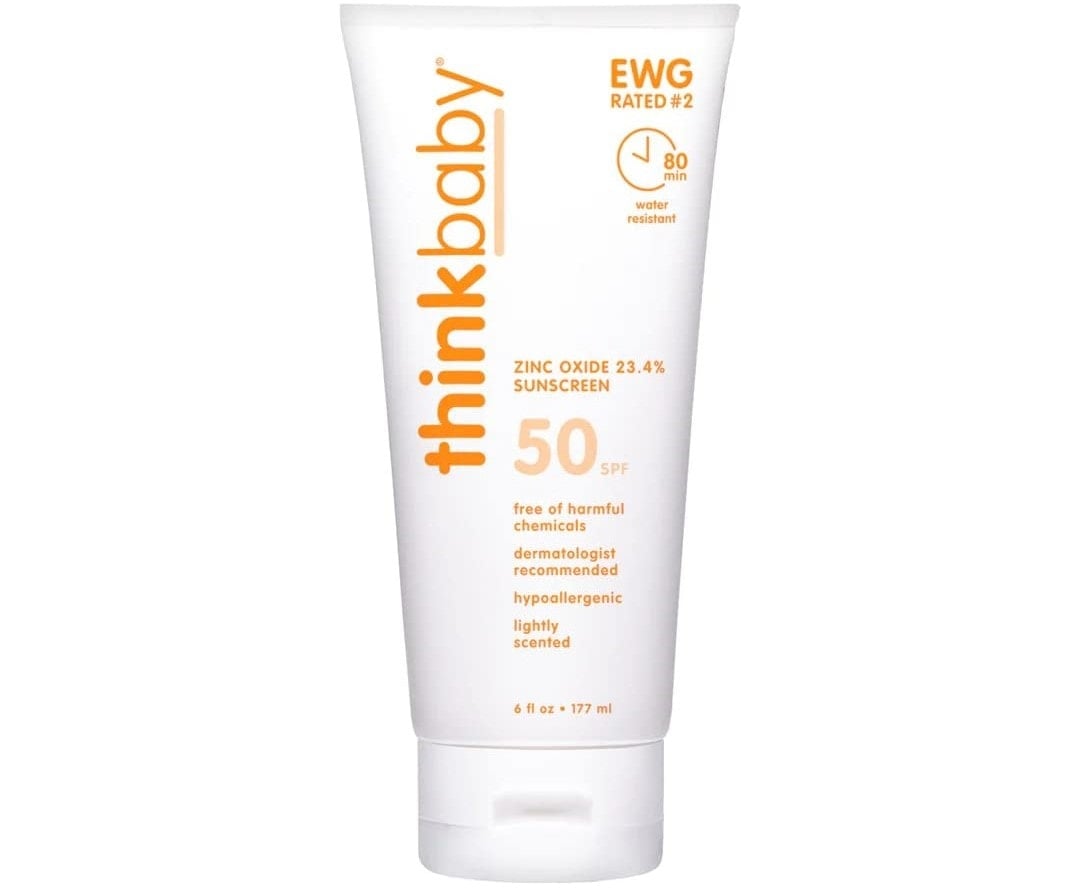
Related: Best Baby Sunscreens to Protect Your Kids
6. Add Baby Lip Balm to Your Routine
Chapped lips are yet another woe of harsh weather that affects babies and adults alike. As babies drool, the top skin layer above and below their lips becomes irritated from the constant wetness.14 To combat dry, cracked lips, look for lip balms for infants that contain safe, natural ingredients. Kiehl’s allergy-tested baby lip balm blends Vitamin E and shea butter to heal sensitive areas and keep their lips soft and smooth.
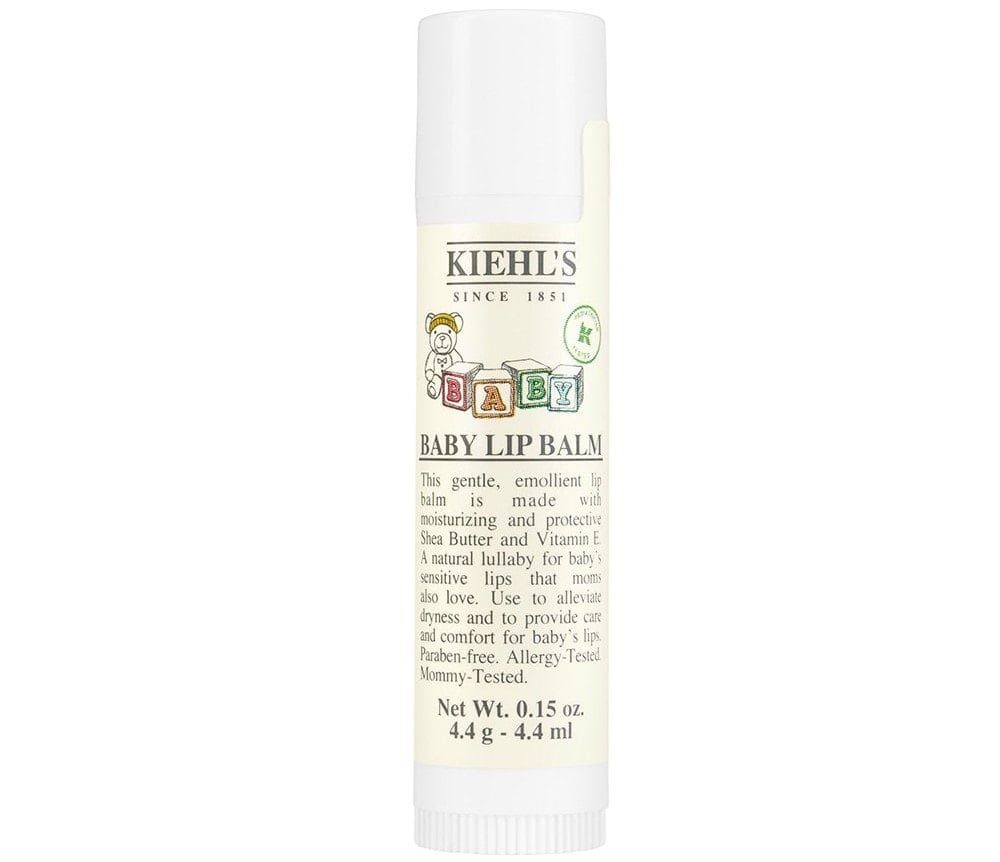
7. Bring on the Layers
Layering shirts may have been “so 2000s” fashion, but your newborn can benefit from the extra pieces of clothing in winter.15 Add a blanket, gloves, a beanie, and fuzzy boots to keep them warm. But remember not to overdo it. Too many layers can cause your baby to sweat, leading to skin irritation or a heat rash.16,17 Check on your baby often by putting your hand under their clothes to see if they’re warm and not sweaty and ensure their face isn’t flushed.
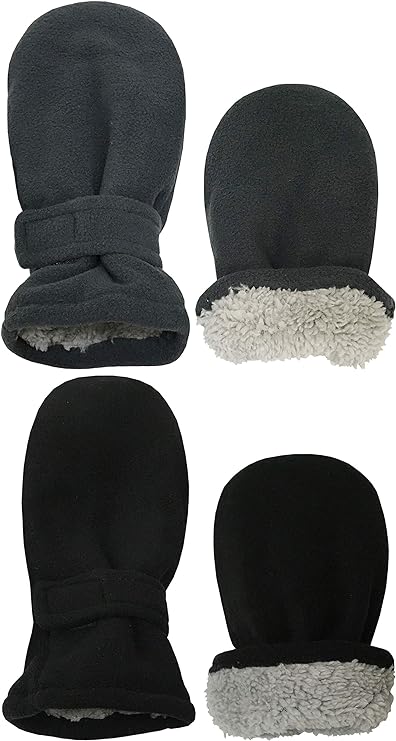
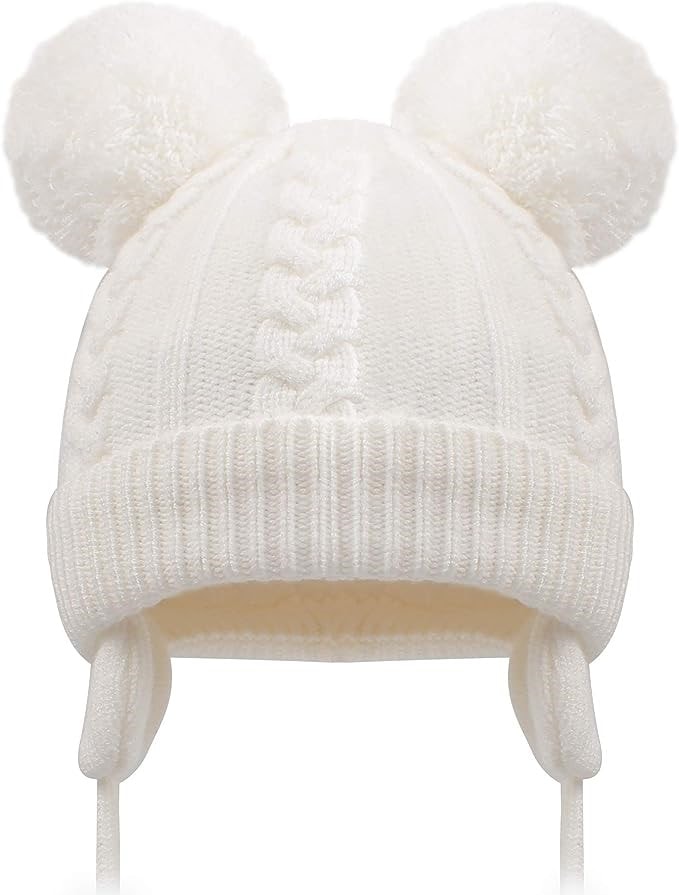
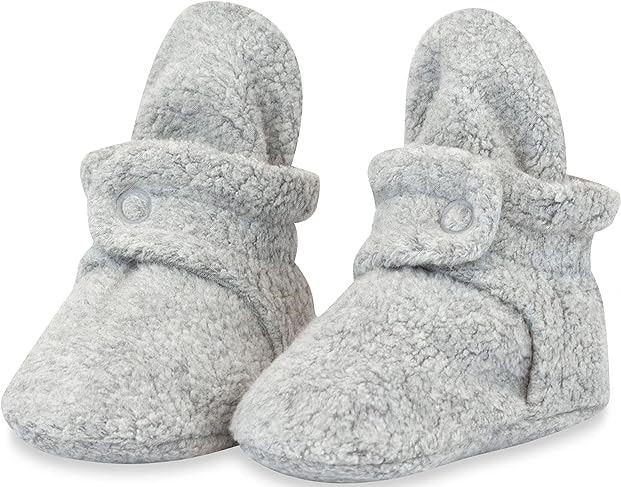
8. Turn to Healing Ointments
Thick, greasy ointments are a blessing for your tot’s chin, lips, and nostrils, which may experience redness, dryness, or irritation. Lather on a healing balm, such as unscented Badger Balm, to the affected area throughout the day. As a preventative measure, apply a generous amount to their mouth and chin to create a protective barrier from the harsh elements.
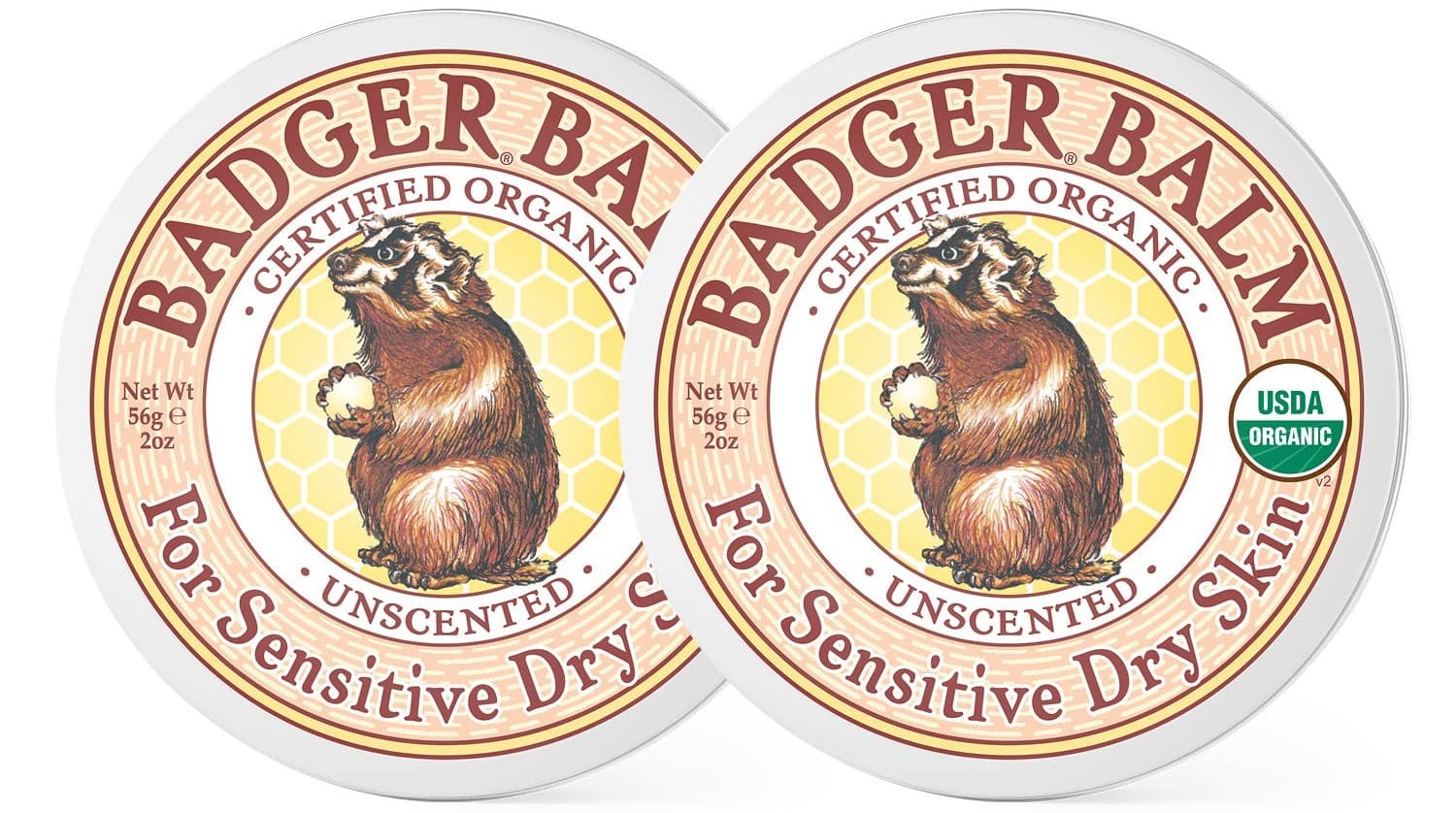
To help battle the cold months ahead, create your winter toolkit filled with lotion, ointments, sunscreen, or an extra blanket so that your baby’s skin is protected, whether you’re at home or out enjoying winter festivities.













